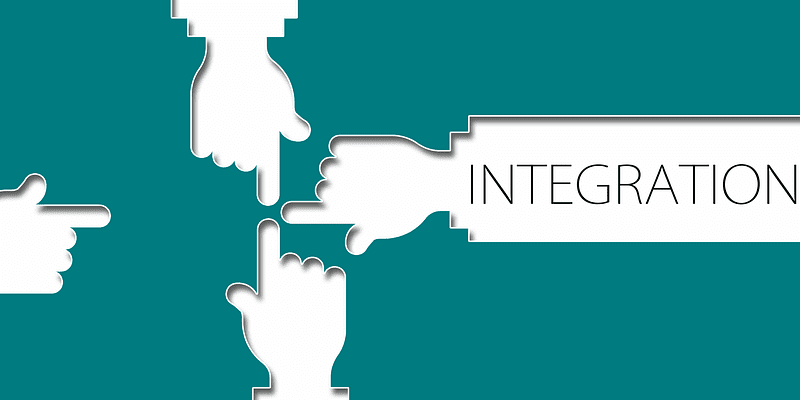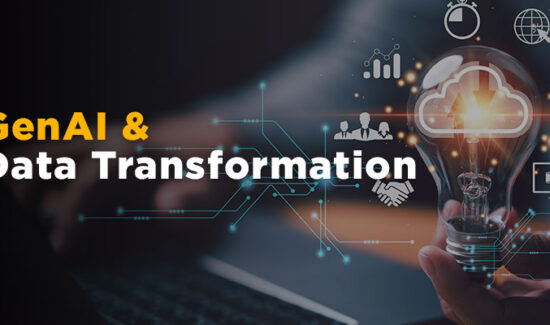Enterprise Application Integration is Just What Your Data Integration Strategy Needs


In a 2014 study, it was revealed that enterprises each ran an average of 508 applications. That number has undoubtedly increased over the last few years as businesses become aware of tools that can add value. There remains a crucial problem, however. For the most part, applications are not designed to communicate independently with one another.
Enterprise Application Integration (EAI) is the solution to this problem. In some scenarios, middleware collects incoming data and pushes it out to relevant applications. In others, applications are joined by connectors that allow them to communicate with one another directly. Automating the process of communication between applications that are commonly used can play a crucial role in data analysis.
When an individual wants to download a new app onto their smartphone, they are only a tap away. Large organizations don’t play by these rules, and it takes time to migrate to a new system or on-board an upgraded CRM tool, for example. In an ideal situation, they want to deploy both old and new to give them a complete platform of applications which can help them achieve their aims. Adding new applications while managing existing tools is often a preference, especially when compatibility is a concern.
Though Data Integration deals expressly with the flow of data from system to system, EAI has an indirect impact, ensuring consistent data access across these programs. In this way, users are not required to familiarize themselves with new software but only the tools they use on a consistent basis. EAI software brings together the data or functions of one application with that of another where they already exist.
EAI may involve steps beyond deploying middleware. Additionally, stakeholders often develop protocols to modernize the way applications interact. This will include understanding how existing applications fit into view once new programs are added. This also means that users will want to come up with ways to effectively utilize the data once new connections are brought online.
Adapting to an EAI framework provides enterprises with a vast array of software choices for all use cases. If all cross-enterprise applications can speak to one another with little intervention, organizations gain vendor independence. They can play a best-of-breed approach to stacking technology since different brand applications can be seamlessly integrated. EAI consolidates business applications into a single framework for current and future use. By automating the workflow in this way, organizations no longer have to rely on a sneakernet or chain of emails to do the work of the integration tool. This can mean a massive gain in productivity.
When shopping for an EAI solution, it’s imperative that it connect to every data source in the organization. Without interoperability, companies are faced with the problem of data silos – pools of information that might play a useful role in analytics, but which are isolated from EAI. Automating communication between applications has been slowly integrated into enterprise software. In the current schema, EAI tools act as the glue that holds a company’s business processes together.
























